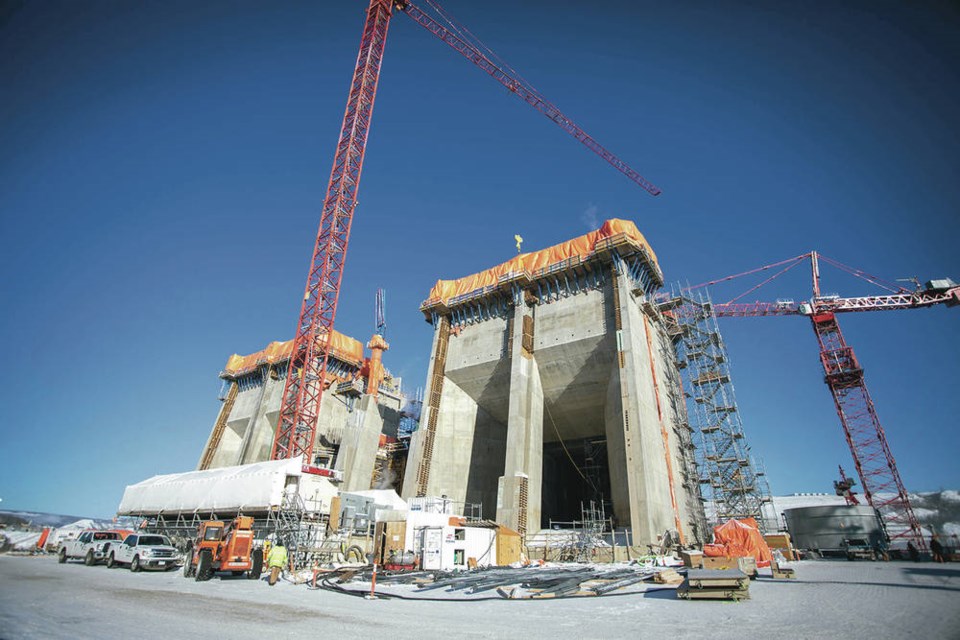Premier John Horgan has announced that B.C. Hydro’s Site C dam will be completed, despite delays and significant cost overruns.
When the dam was first approved in 2014 by Christy Clark’s Liberal administration, the price tag was set at $8.335 billion, with a completion date of 2024.
Horgan now says the final cost will be $16 billion — nearly twice the original estimate — and completion has been pushed to 2025.
In one respect, the premier had limited room to manoeuvre. He was damned if he did, and damned if he didn’t.
To abandon the project would have left the government with a $10-billion debt and nothing to show for it.
In addition, 4,500 workers would have been laid off, many of them unionized — a difficult choice for an NDP administration.
Horgan also pointed to a report by retired deputy minister of finance Peter Milburn. Milburn concluded that walking away from the project and leaving a $10-billion debt on B.C. Hydro’s books would have risked a credit downgrade, both for the company and the province.
That looks a stretch. Both have strong credit ratings at present.
The real credit rating danger lies in the province continuing to run huge annual deficits in the $14-billion range. This almost certainly will result in a downgrade.
That said, though, continuing the project to completion carries risks of its own.
Concerns have been raised that the surrounding land mass, particularly on the north side of the dam where the spillway and generating station are located, might not be stable.
Early in the construction process, large cracks appeared around the north bank, delaying the diversion of the Peace River by a year.
And local residents have warned that land stability is a continuing issue in the region.
To address these concerns, the province hired two geotechnical experts, John France and Kaare Hoeg. They concluded that the dam will be safe and reliable, but that additional work is needed to shore up the north bank. This accounts for some of the additional funding required.
In addition, there is no guarantee the project will be completed within the new price tag. The premier can deflect criticism of the cost overruns to date by pointing to failures of the preceding Liberal government to come up with realistic estimates.
But from here forward, Horgan owns what happens.
And the precedents aren’t reassuring. Publicly funded construction projects have a history of going over budget.
The Johnson Street Bridge in Victoria, originally costed at $63 million, came in at $105 million.
The Capital Region’s new wastewater treatment plant at McLoughlin Point in Esquimalt is likewise headed for an overrun.
The cause isn’t necessarily poor management or shoddy work.
Politicians at all levels of government have a strong interest in presenting new projects in the best possible light. That often includes low-balling cost estimates to minimize taxpayer pushback.
There’s also the reality that a week in politics is a long time. A project that will take years to complete means someone else can be left to deal with whatever setbacks arise.
There are some bright sides here. Notwithstanding the environmental damage caused by damming a river, hydro electricity is generally a clean form of energy.
B.C. Hydro is also part of a larger electricity grid that stretches down the west coast of North America. If power from the Site C dam is not immediately required in B.C., it may be possible to sell some to our neighbours.
Horgan has said that left to himself, he never would have begun the project. That may be so.
Nevertheless the responsibility for delivering it on time, and on budget, is now his.
The next provincial election is set for October 2024. That’s very close to the completion date.
If the premier and his government hope to be re-elected, how they deal with this orphan child may determine the outcome.



